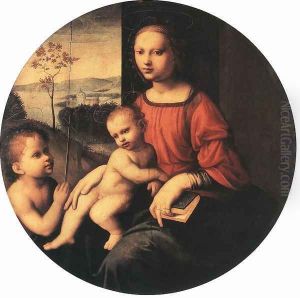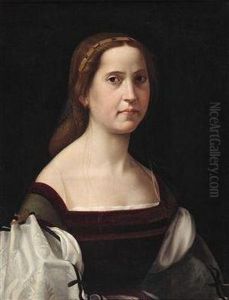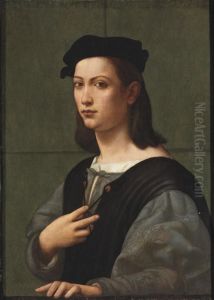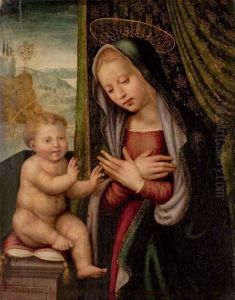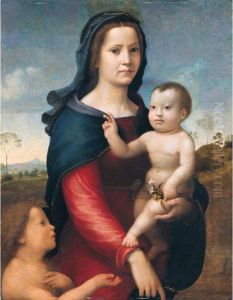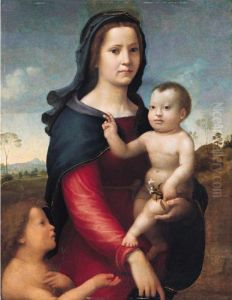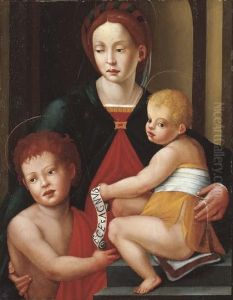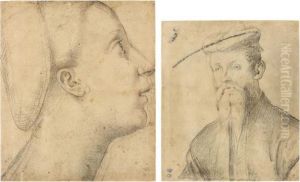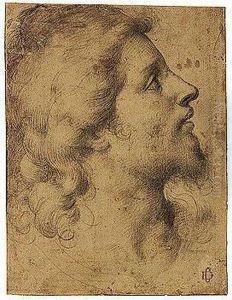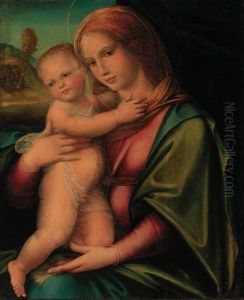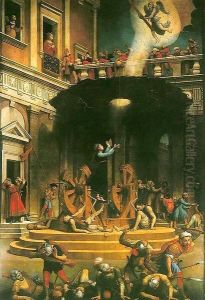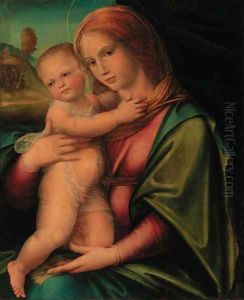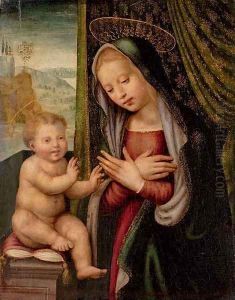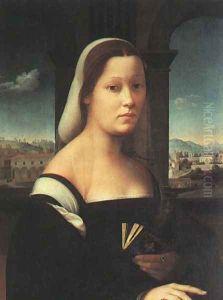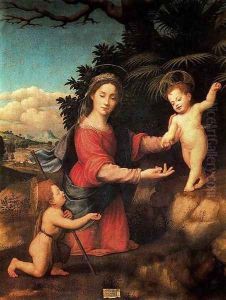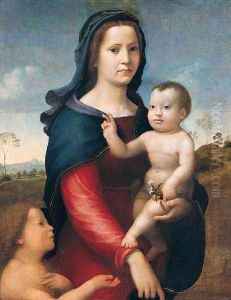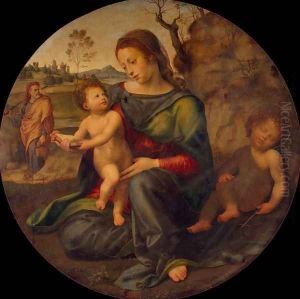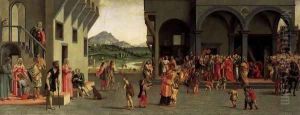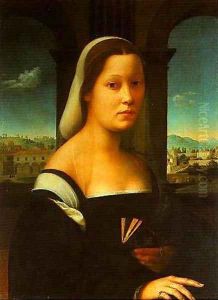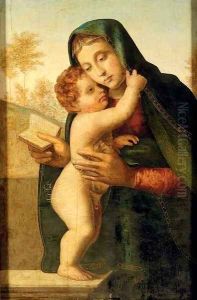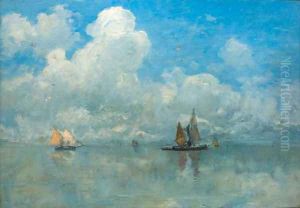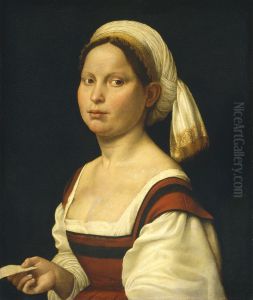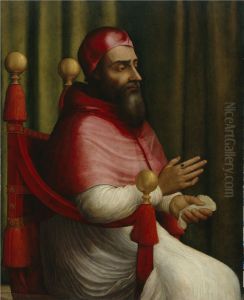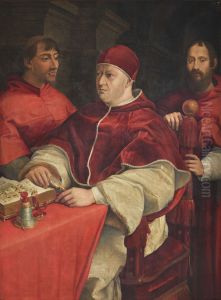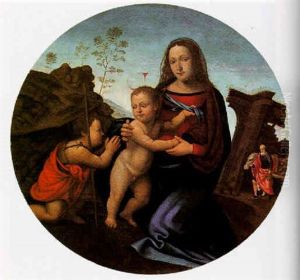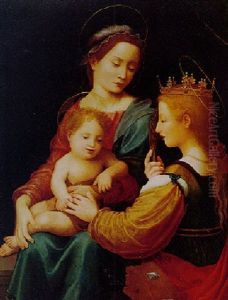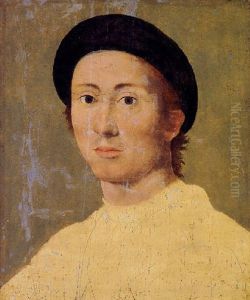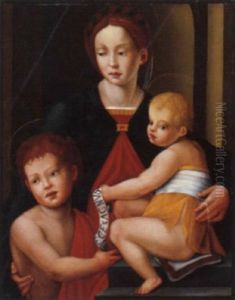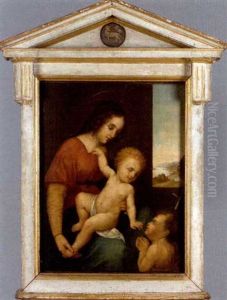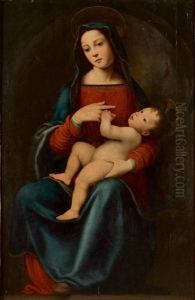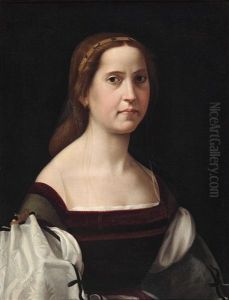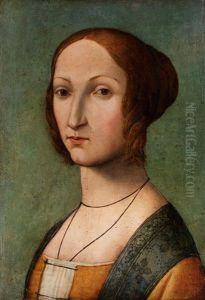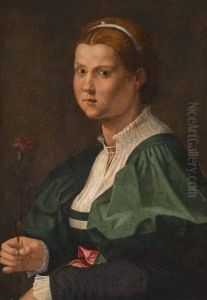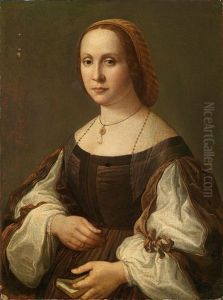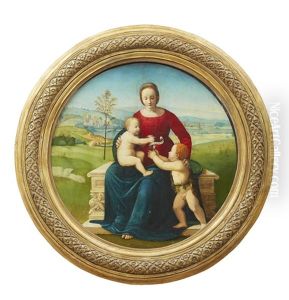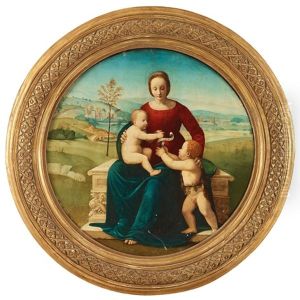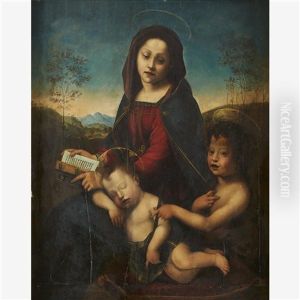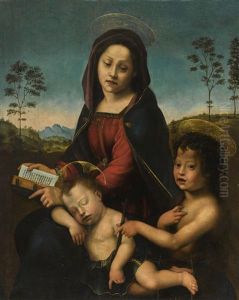Giuliano Bugiardini Paintings
Giuliano Bugiardini was an Italian painter of the late-Renaissance period known as the High Renaissance, primarily active in Florence. Born in 1475 in Florence, Bugiardini was a contemporary of other renowned Florentine artists such as Michelangelo, Raphael, and Leonardo da Vinci. However, he was not as widely celebrated as these artists, and his work is less well-known today.
Bugiardini began his artistic training under the guidance of Domenico Ghirlandaio, a prominent painter of the time. This early experience exposed him to the Florentine style of painting and helped to shape his artistic techniques. Bugiardini was also said to have been a friend and assistant to Michelangelo, and it is believed that he was influenced by the master's grand style, though he never attained the same level of achievement.
Throughout his career, Bugiardini produced a number of religious works, including altarpieces and frescoes for various churches. He was known for his use of color and clear, simple forms. His style was characterized by a certain gentleness and a preference for the depiction of the female form, which can be seen in his portrayals of the Madonna. One of his most notable works is the 'Madonna and Child with St. John the Baptist', which exhibits his typical approach to composition and figure arrangement.
Despite his skills, Bugiardini did not develop a distinctive personal style that could set him apart from his contemporaries. As a result, his work was often overshadowed by the more innovative and powerful works of the leading artists of his time. Nevertheless, Bugiardini was a capable artist who contributed to the richness of the Florentine Renaissance, albeit in a more modest way.
Giuliano Bugiardini continued to paint until his later years, and he passed away in 1554 in Florence. His works can be found in various museums and collections, serving as a testament to the breadth of talent that existed during the Renaissance, even among artists who were not at the forefront of the movement.
